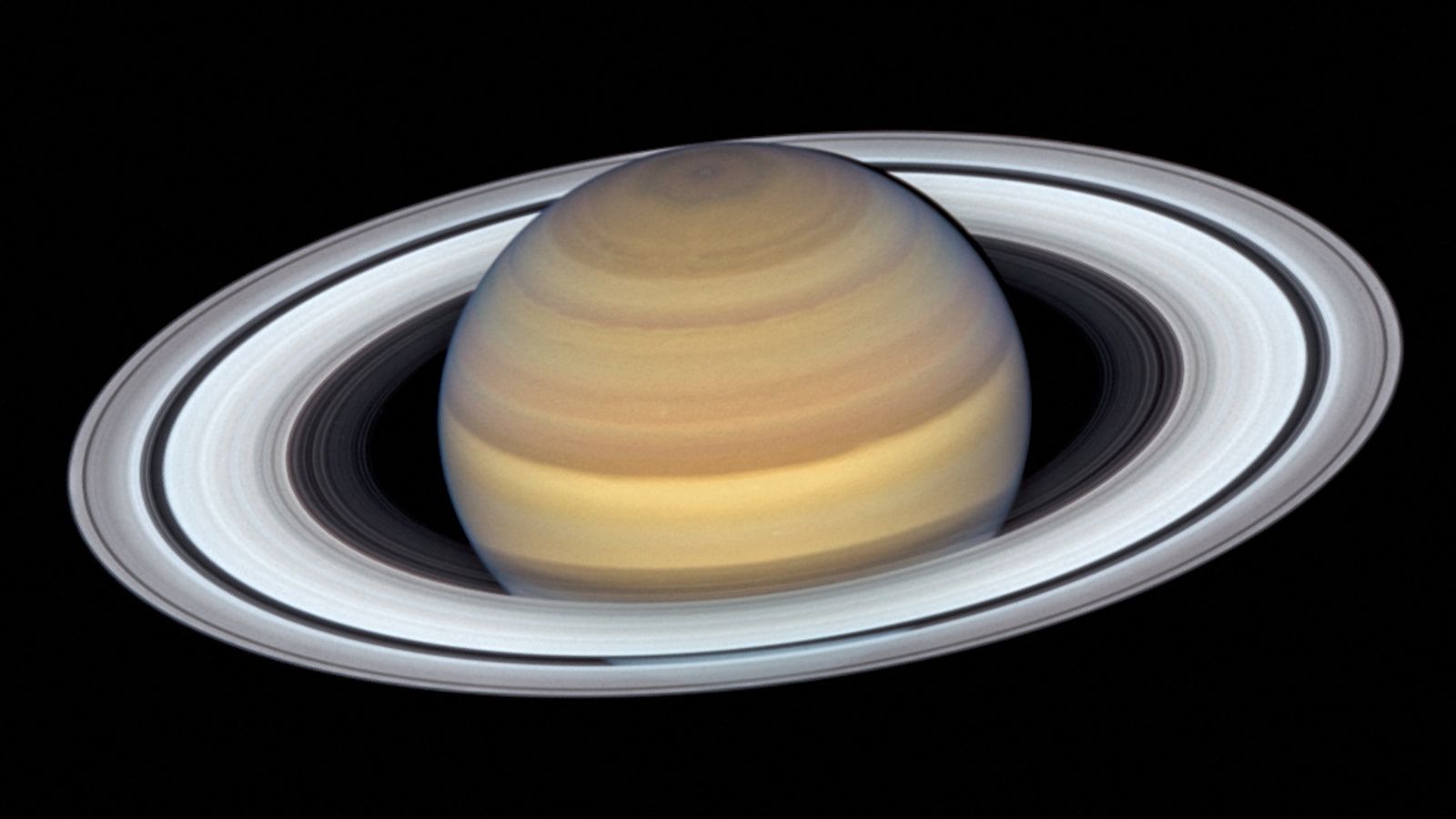Astronomers have discovered 85 possible planets outside our solar system with temperatures that could be cool enough for life.
These exoplanet candidates are similar in size to Jupiter, Saturn and Neptune, and were discovered using data from NASA‘s Transitioning Exoplanet Survey Satellite (TESS).
TESS enables scientists to observe dips in the brightness of stars, known as transits, caused by objects passing in front of them.
Typically, at least three transits need to be seen to discover an exoplanet in this way, in order to determine how long they take to orbit their star.
However, in the new study, researchers looked at systems that only transit twice, which results in planets that have longer periods of orbit, enabling the discovery of exoplanets at cooler temperatures.
Read more:
Scientists discover oldest black hole ever
Astronomers produce significant star cluster image
Sixty of the 85 potential exoplanets are new discoveries while 25 have been detected in the TESS data by independent research teams.
Doomed Peregrine moon lander will ‘burn up’ on return to Earth after failed mission, says Astrobotic
Peregrine Mission-1 spacecraft has ‘no chance’ of landing on moon, company says
Moon landing seemingly doomed after private company’s Peregrine spacecraft suffers ‘critical’ fuel leak
Professor Daniel Bayliss, of the University of Warwick, said: “It’s very exciting to find these planets, and to know that many of them may be in the right temperature zone to sustain life.”
“Encompassing the collaborative spirit of the TESS mission, we have also made our discoveries public so that astronomers across the globe can study these unique exoplanets in more detail. We hope this will drive further research into these fascinating exoplanets.”
Researchers say that some of the planets are far enough away from their host stars that they could be the right temperature to sustain life.
Be the first to get Breaking News
Install the Sky News app for free
This is known as the “Goldilocks zone” or “habitable zone”.
At this stage the bodies still need to be confirmed as exoplanets but the researchers hope this will be achieved with future observations.
The international collaboration has been published in the Monthly Notices Of The Royal Astronomical Society (MNRAS).







